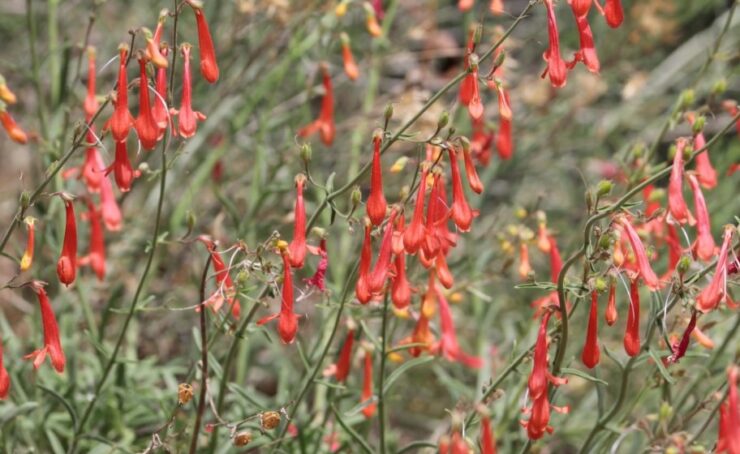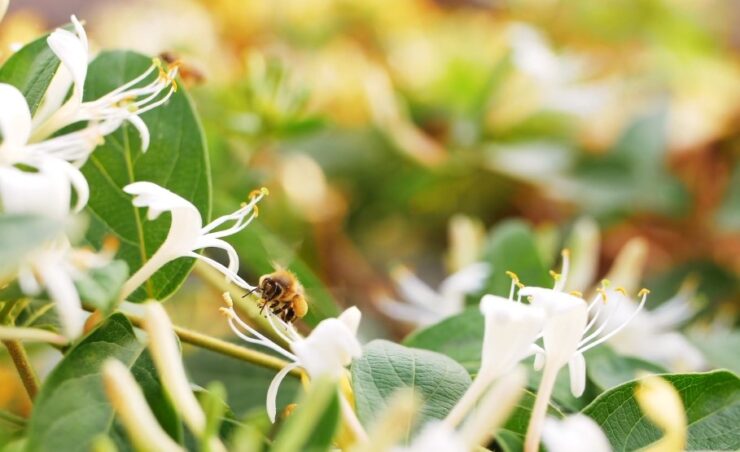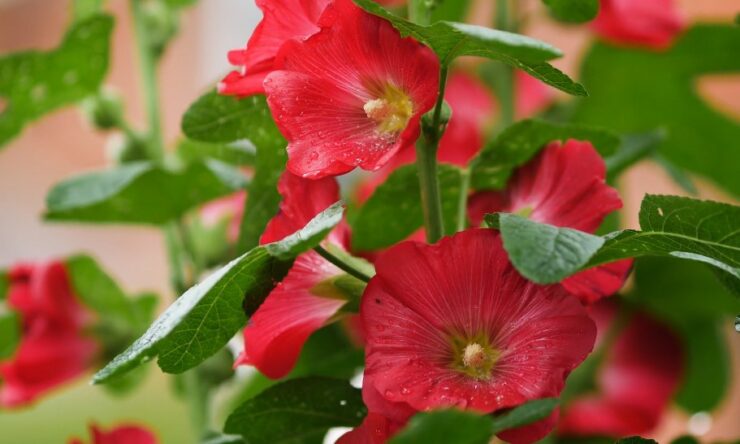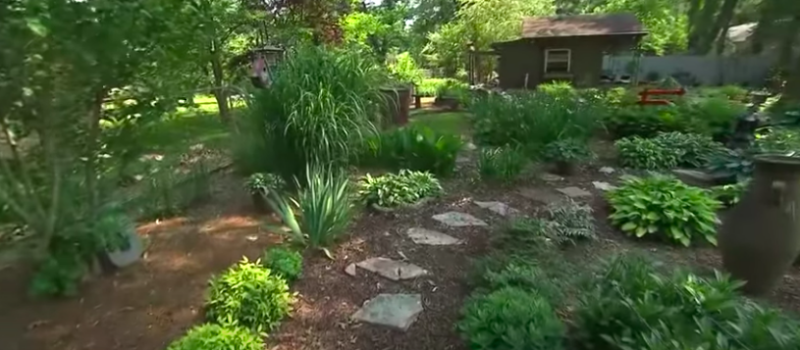
Popular Flower Types
Whether you’re growing a big garden or a cottage-style perennial bed, these flowers will add beauty to your landscape. Find the right fertilizer for each variety so they thrive.

By Kathy Esfahani
Independence Day festivities are here! Enhance your celebration with a red, white and blue garden or several colorful planters.
There are many options for creating a garden or planters full of patriotic colors. Remember that “true” blue flowers can be difficult to find, but light blue or purple can give the same effect. Both annuals and perennials can be used for your garden or planters. Annuals will give more vibrant color but grow for only one long season.
Perennials will live more than two years, but their color is less vibrant as it comes and goes throughout the year.
Some great choices for your garden in the North Florida summer are: (P stands for perennial)
- RED: Begonia (shade), Caladium (shade), Celosia, Impatiens (shade), Mandevilla (P), Penta (P), Salvia, Vinca, Zinnia
- WHITE: Begonias (shade), Caladium (shade), Euphorbia, Impatiens (shade), Mandevilla (P), Penta (P), Salvia, Variegated Sun Rose, Vinca, Zinnia
- BLUE: Blue Daze (P), Penta (P), Salvia, Vinca
Idea for a July 4th planter:
- Be sure to place your planter in full sun to gain the most color from your blooms.
- Select a planter approximately 18-20 inches in diameter and 2.5 feet tall.
The following plants are now available at Kathy’s Creative Gardens & Nursery:
- Red Mandevilla (1 plant): adds height to your arrangement; plant in the center of the planter and include a trellis for the Mandevilla to climb
- White Penta (7 plants): medium height; plant around the Mandevilla
- Blue Daze (5 plants): cascading; plant at the edge of your planter to allow the blooms to drape
Add an American flag to the planter for a celebratory touch!
Have a wonderful July 4th holiday, and happy planting!
Flower of the Week: Red Mandevilla
Please email Kathy at kcg.pvr@gmail.com for any questions or gardening tips you would like to see in the future. For more information & ideas, visit Kathy’s Creative Gardens & Nursery, 196 N. Roscoe Blvd. The phone number is 904-655-7373.
Source: pontevedrarecorder.com

























